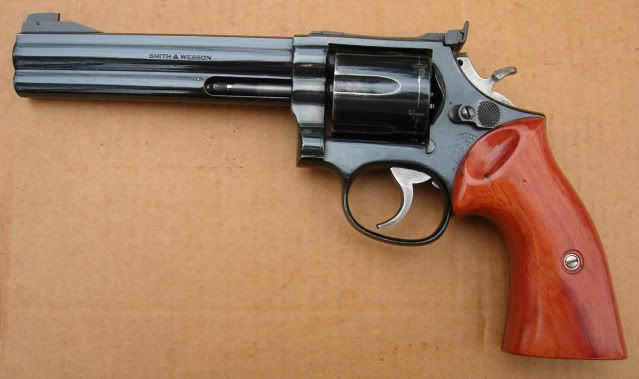Uncle Buck
New member
I read elsewhere about a guy who who talked about "fire rings" in the cylinder of his .357 from shooting too many .38 special loads. (He said if you shoot to many .38's eventually you develop fire rings and will have trouble loading .357 rounds.)
Although I am familiar with shooting .38 Specials out of the .357 revolvers, I had never heard of this. Wouldn't a good cleaning take care of this problem? Or does it only become a problem when you shoot super hot (+P) .38 loads?
I shoot mainly .38 specials in my .357 revolvers and have not noticed this happening. When I am done shooting for the day, I usually give the gun a good scrubbing and get all the powder/lead residue out.
Have you heard of this or seen it?
Although I am familiar with shooting .38 Specials out of the .357 revolvers, I had never heard of this. Wouldn't a good cleaning take care of this problem? Or does it only become a problem when you shoot super hot (+P) .38 loads?
I shoot mainly .38 specials in my .357 revolvers and have not noticed this happening. When I am done shooting for the day, I usually give the gun a good scrubbing and get all the powder/lead residue out.
Have you heard of this or seen it?

